The Olmec civilization
The Olmec civilization, often referred to as the “mother culture” of Mesoamerica, flourished in the Gulf Coast region of present-day Mexico between approximately 1500 BCE and 400 BCE. Renowned for their monumental stone heads, intricate art, and foundational cultural contributions, the Olmecs set the stage for subsequent civilizations such as the Maya and Aztecs. Their influence extended far beyond their geographic boundaries, leaving an enduring legacy in Mesoamerican religion, architecture, and societal organization.

El Señor de las Limas, 1000–600 BCE, greenstone. The name is based in where it was found. Las Limas Veracruz, and is one of the most important works of the Olmec culture, since it is unique in its type. Source: Wikimedia Commonsꜛ (license: CC BY-SA 4.0)
Origins and early development
The Olmec civilization arose in the fertile lowlands of the Gulf Coast, an area rich in resources and conducive to agriculture. Early settlements, such as San Lorenzo and La Venta, became centers of cultural and political activity. These sites featured complex urban layouts, monumental architecture, and advanced water management systems, demonstrating a high level of societal organization.
Olmec heartland, where the Olmec reigned from 1200 to 400 BCE. Source: Wikimedia Commonsꜛ (license: CC BY-SA 3.0)
The Olmecs utilized the region’s abundant resources to sustain a thriving agrarian society. The cultivation of maize, beans, and squash provided a stable food supply, enabling population growth and the development of specialized labor. Their strategic location also facilitated trade networks, linking them with other Mesoamerican regions and contributing to their cultural and economic prosperity.
The major Formative Period (Pre-Classic Era) sites in present-day Mexico which show Olmec influences in the archaeological record. Source: Wikimedia Commonsꜛ (license: CC BY-SA 3.0)
Cultural achievements and social structure
The Olmec civilization is best known for its artistic and architectural accomplishments. The colossal stone heads, some weighing up to 50 tons, are among the most iconic symbols of Olmec culture. These sculptures likely represented rulers or deities and reflected the Olmecs’ advanced skills in stone carving and transport.

Great pyramid in La Venta, Tabasco. The Great Pyramid was the largest Mesoamerican structure of its time. Even today, after 2500 years of erosion, it rises 34 m above the naturally flat landscape. Buried deep within La Venta lay opulent, labor-intensive “offerings” – 1000 tons of smooth serpentine blocks, large mosaic pavements, and at least 48 separate votive offerings of polished jade celts, pottery, figurines, and hematite mirrors. Source: Wikimedia Commonsꜛ (license: public domain)


Left: Kneeling human figure, 1200–600 BCE. Source: Wikimedia Commonsꜛ (license: CC BY-SA 4.0) – Right: Olmec-style bas relief ‘El Rey’ from Chalcatzingo. Source: Wikimedia Commonsꜛ (license: CC BY-SA 3.0)
Olmec art often featured complex motifs and symbolic imagery, including representations of jaguars, serpents, and other animals imbued with spiritual significance. These motifs formed the basis of Mesoamerican iconography, influencing later civilizations. The Olmecs also developed early forms of writing and a calendar system, as evidenced by inscriptions on monuments and artifacts.


Left: The Wrestler; 1200–400 BCE, basalt, from the Arroyo Sonso area (Veracruz, Mexico). Olmec artists are known for both monumental and miniature portrayals of what are assumed to be persons of authority. Source: Wikimedia Commonsꜛ (license: CC BY-SA 3.0) – Right: Seated figurine, 12th–9th century BCE, painted ceramic. Source: Wikimedia Commonsꜛ (license: public domain)
The social structure of Olmec society was hierarchical, with an elite class of rulers and priests overseeing a stratified community of artisans, farmers, and laborers. Religious practices played a central role in societal organization, with rituals and ceremonies conducted in ceremonial centers such as La Venta’s Great Pyramid.


Left: Tuxtla statuette with epiolmec script. Source: Wikimedia Commonsꜛ (license: CC BY-SA 4.0) – Right: Bird-shaped vessel, 12th–9th century BCE, ceramic with red ochre. Source: Wikimedia Commonsꜛ (license: CC BY-SA 1.0)

One of the mosaics from the La Venta Olmec site. Source: Wikimedia Commonsꜛ (license: CC BY-SA 2.0)
Religious practices and beliefs
The Olmec religion was deeply intertwined with their worldview and societal structure. They worshipped a pantheon of deities associated with natural elements, such as rain, fertility, and agriculture. The “Were-Jaguar” figure, a recurring motif in Olmec art, is believed to represent a deity or mythological creature central to their belief system.

Altar 5 from La Venta. The inert were-jaguar baby held by the central figure is seen by some as an indication of child sacrifice. In contrast, its sides show bas-reliefs of humans holding quite lively were-jaguar babies. Source: Wikimedia Commonsꜛ (license: CC BY-SA 2.0)
Rituals often involved offerings of jade, pottery, and other valuable items, as well as human and animal sacrifices. Ceremonial sites, including pyramids, plazas, and altars, served as focal points for religious activity, reflecting the Olmecs’ commitment to maintaining cosmic balance and divine favor.

Olmec tomb at La Venta Park, Villahermosa, Tabasco. Source: Wikimedia Commonsꜛ (license: CC BY-SA 2.0)
Trade and regional influence
The Olmec civilization established extensive trade networks that facilitated the exchange of goods and cultural ideas. Olmec jade, obsidian, and pottery have been found in regions as far as present-day Guatemala and Honduras, underscoring their far-reaching influence. These exchanges not only enriched Olmec society but also disseminated their cultural innovations, such as artistic styles and religious concepts, across Mesoamerica.
Carved travertine vessel with an incised pattern, 12th–3rd century BCE. Source: Wikimedia Commonsꜛ (license: CC BY-SA 1.0)
Comparisons with other civilizations
The Olmec civilization exemplifies how early societies across the world responded to universal challenges in building complex cultures. Like other ancient civilizations, the Olmecs harnessed their environment to support monumental architecture, ceremonial centers, and agricultural advancements. Their pyramids parallel global trends in sacred architecture, such as those in Mesopotamia and Egypt, symbolizing the centrality of religion and power in early societies.
Within the Americas, the Olmecs laid cultural foundations that influenced later Mesoamerican civilizations, including the Maya and Aztecs. Their advancements in writing, calendrical systems, and religious iconography were refined and expanded upon by their successors, leaving a profound legacy. In comparison to the Norte Chico civilization of coastal Peru, which thrived earlier, the Olmecs’ cultural and artistic innovations had a more direct impact on subsequent societies, shaping the Mesoamerican worldview.
Rather than emphasizing hierarchical or militaristic structures, the Olmecs seem to have employed a blend of centralized and regional governance, reflecting their distinct societal priorities. Their art, including colossal stone heads, stands out globally for its sophistication and remains a defining feature of their civilization. This fusion of universal and uniquely regional characteristics makes the Olmecs a cornerstone of early American history.
Decline and legacy
The decline of the Olmec civilization began around 400 BCE, possibly due to environmental changes, resource depletion, or internal strife. Despite the abandonment of major centers like La Venta, the cultural innovations of the Olmecs endured. Their religious concepts, artistic styles, and calendrical systems were integrated into the traditions of later Mesoamerican civilizations, ensuring their lasting legacy.
References
- Richard A. Diehl, The Olmecs: America’s First Civilization, 2005, Thames & Hudson, ISBN: 978-0500285039
- Michael D. Coe, Mexico: From the Olmecs to the Aztecs, 2019, Thames & Hudson, ISBN: 978-0500293737
- Peter David Joralemon, A Study of Olmec Iconography, 1971, Dumbarton Oaks
- Christopher A. Pool, Olmec Archaeology and Early Mesoamerica, 2007, Cambridge University Press, ISBN: 978-0521788823
- David C. Grove (Ed.), The Olmec and Their Neighbors: Essays in Memory of Matthew W. Stirling, 1981, Dumbarton Oaks, ISBN: 978-0884020981
- Mary Ellen Miller, The Art of Mesoamerica: From Olmec to Aztec, 2019, Thames & Hudson, ISBN: 978-0500204504
- George E. Stuart, Lost Kingdoms of the Maya, 1993, National Geographic Society, ISBN: 978-0870449284
- Richard E.W. Adams, Prehistoric Mesoamerica, 2005, University of Oklahoma Press, ISBN: 978-0806128344
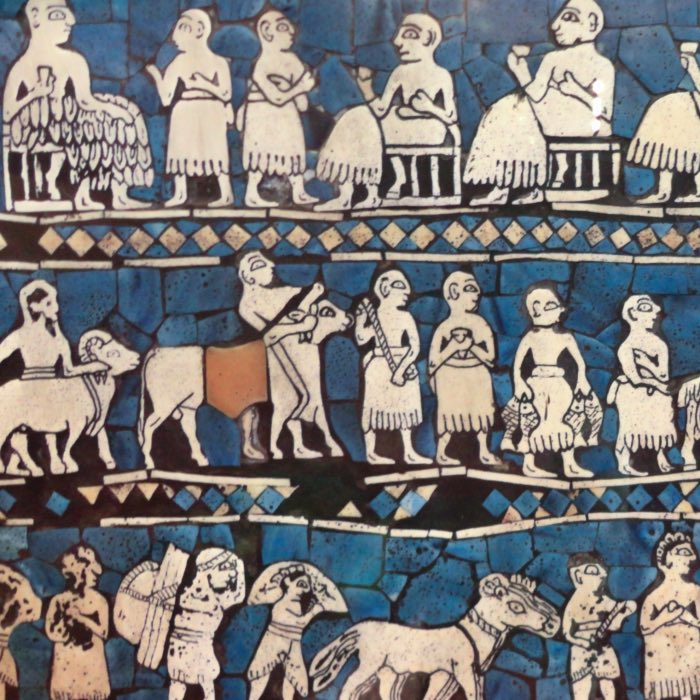
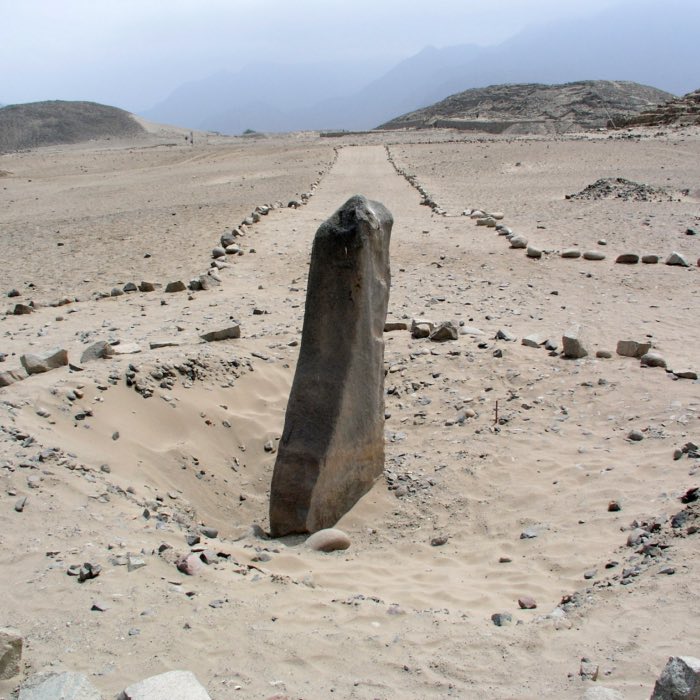
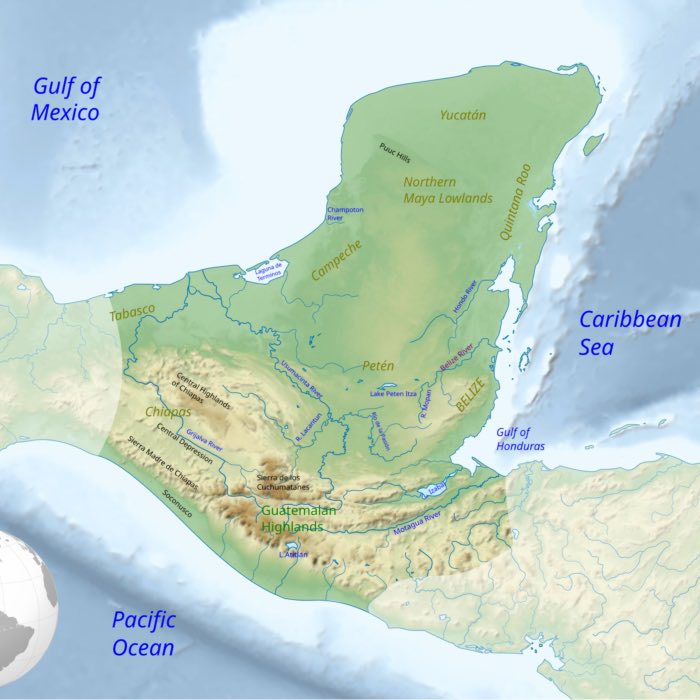
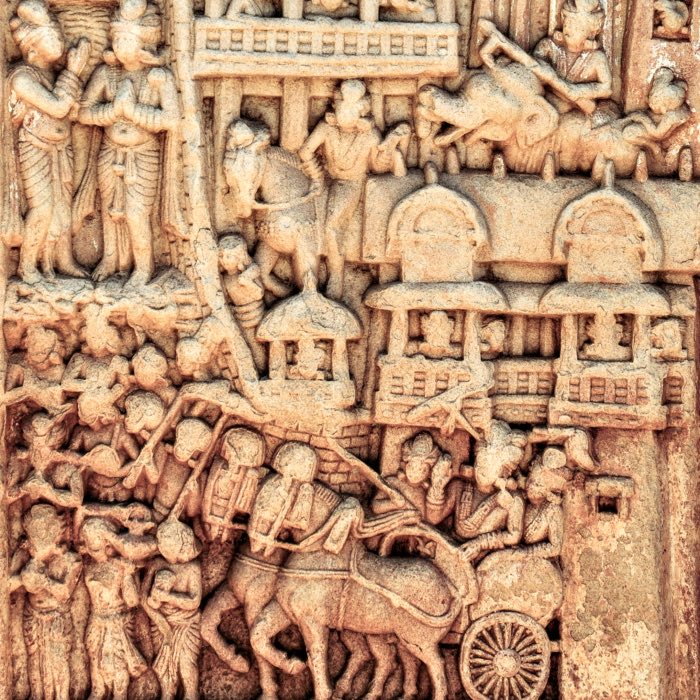
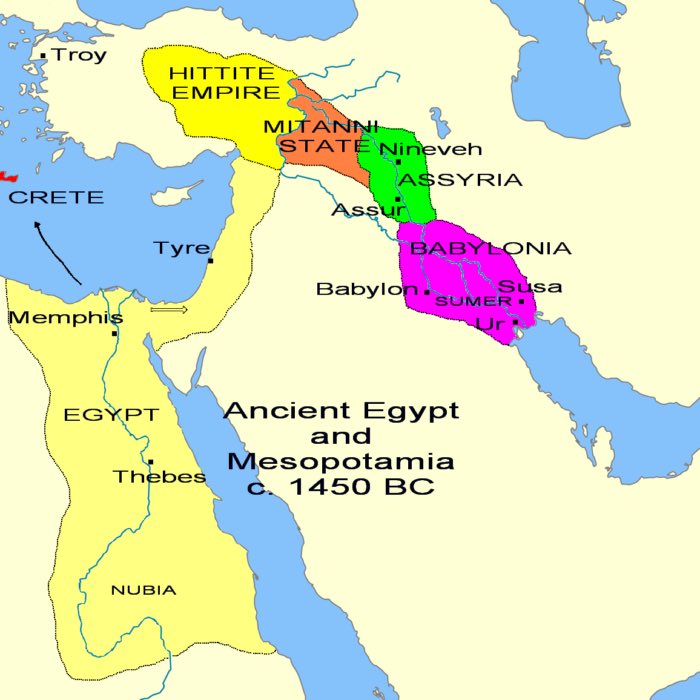
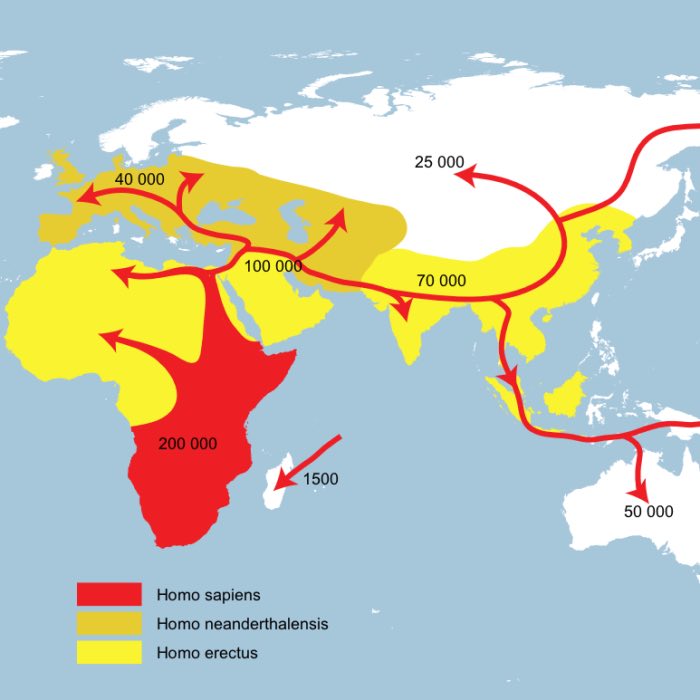
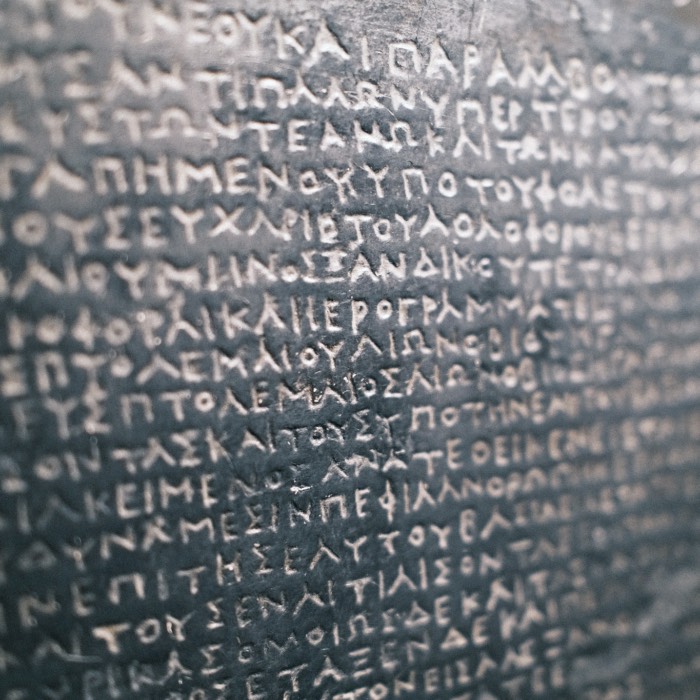








comments